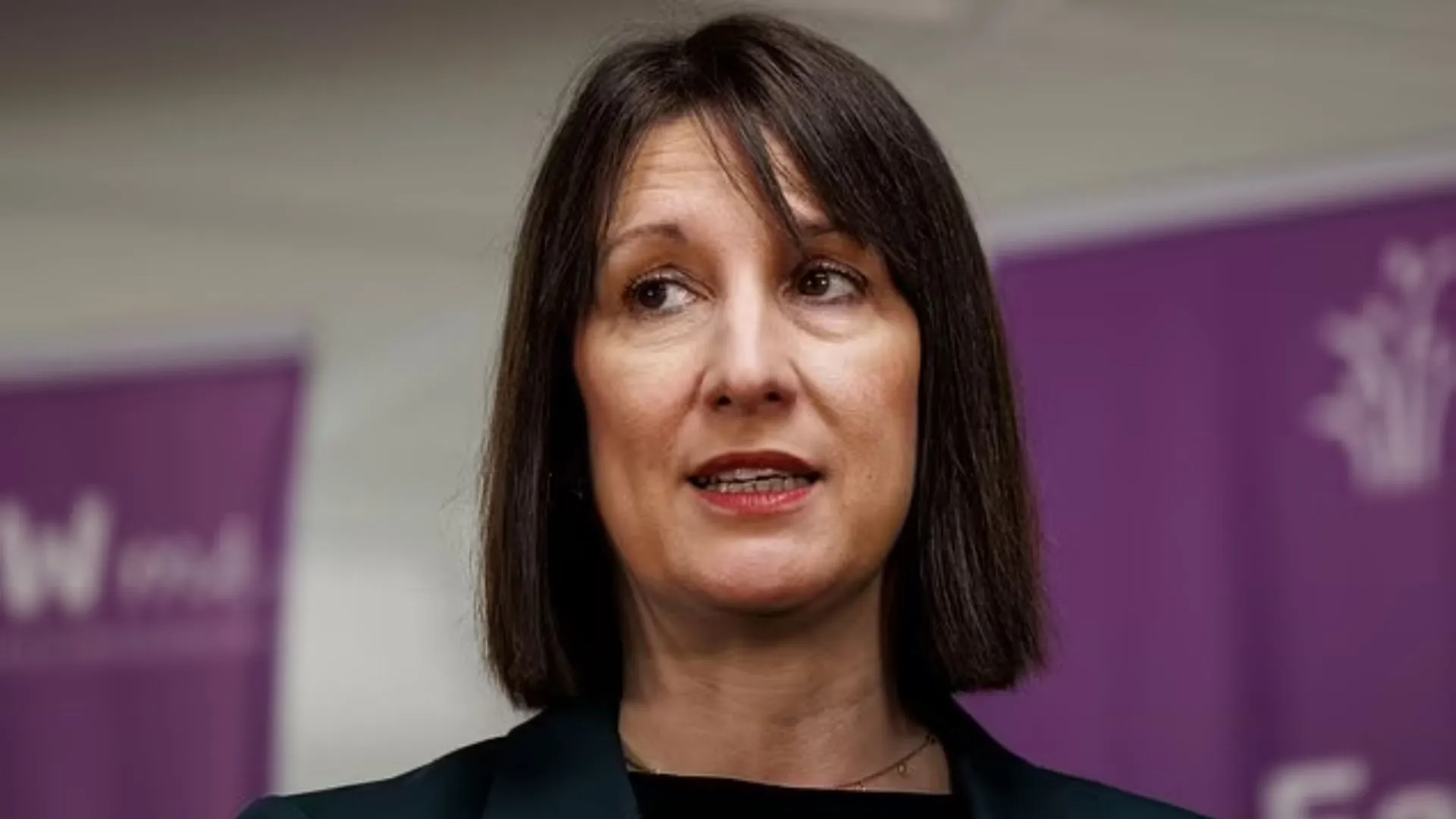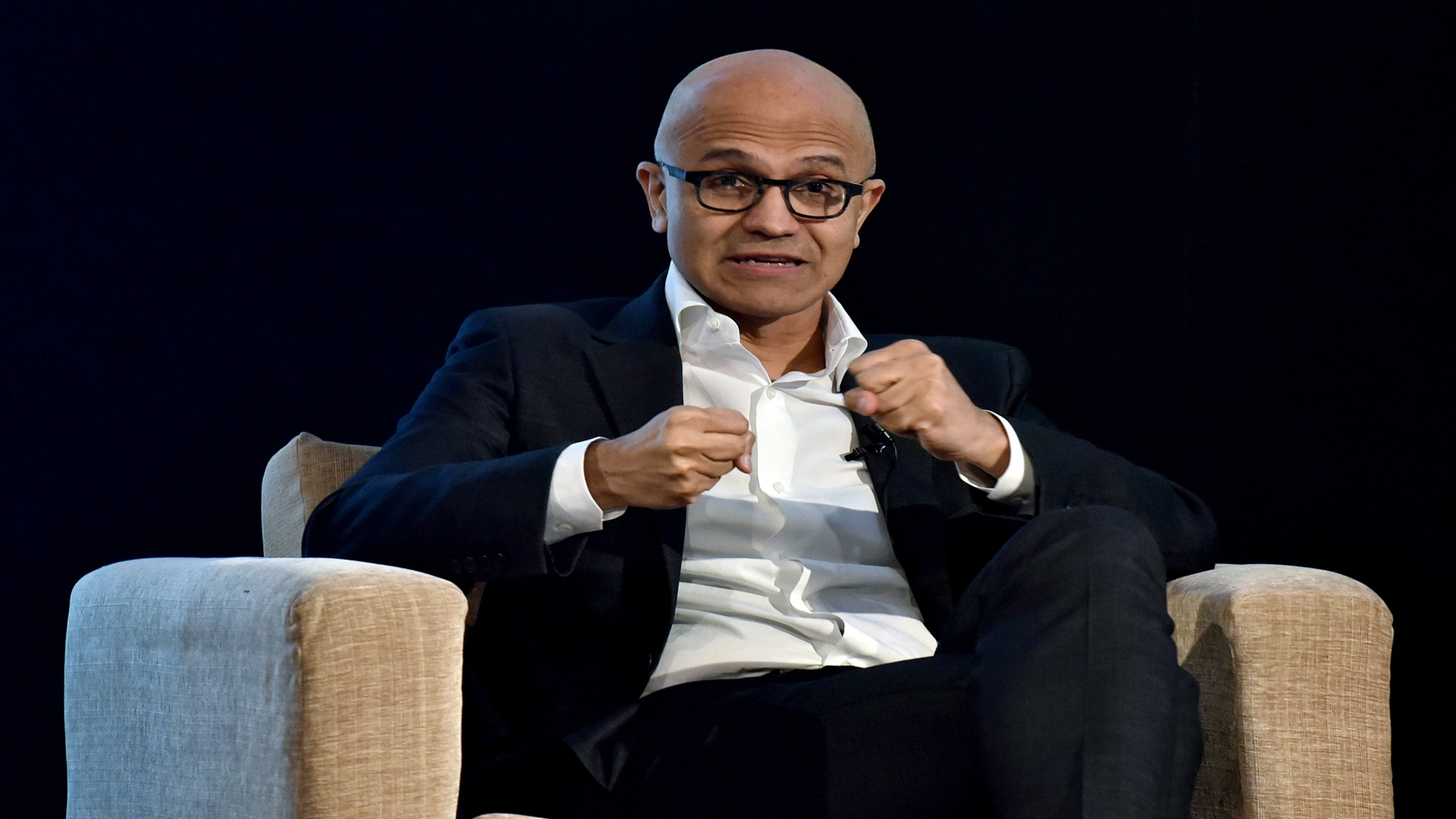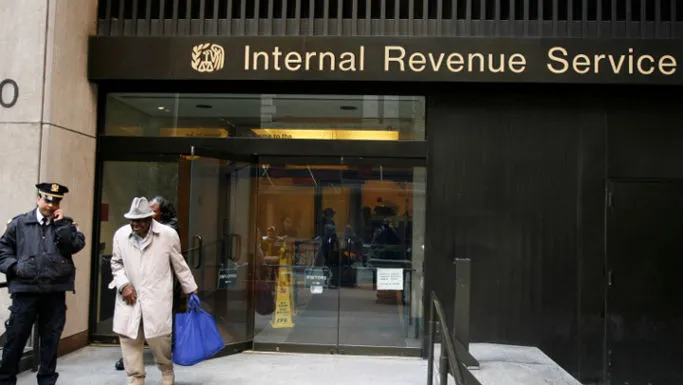The pound has dropped to a 14-month low against the US dollar as a sell-off in the bond market has heightened investor anxiety about UK assets, further intensifying pressure on Chancellor Rachel Reeves.
As the bond sell-off escalated, sterling lost a cent against the US dollar, continuing its recent decline to around $1.226. UK borrowing costs rose again on Thursday morning, despite the government’s attempts to stabilize the markets. Reeves took the unusual step of issuing a public statement for the second consecutive day on Wednesday night, asserting that she has an “iron grip” on public finances.
Michael Brown, a senior research strategist at brokerage Pepperstone, cautioned that “things are also getting rather ugly” in the UK. He explained that the combination of rising bond yields and a falling currency signals a loss of investor confidence in the government’s ability to manage the fiscal situation. “We’re not at the Truss/Kwarteng stage just yet, but things are clearly on very shaky ground indeed,” Brown added, referring to the mini-budget proposed by former Prime Minister Liz Truss and then-Chancellor Kwasi Kwarteng in September 2022, which caused a bond sell-off and financial market turmoil.
On Thursday morning, the yield on the benchmark 10-year UK debt rose by as much as 12 basis points – or 0.12 percentage points – to 4.921%, the highest level since 2008, before easing slightly. Thirty-year bond yields, which had reached 28-year highs earlier this week, were also climbing, rising more than 10 basis points to 5.474%.
Chris Turner, the global head of markets at ING, explained, “Our best understanding of yesterday’s sterling sell-off is that the global bond market sell-off touched a raw nerve in the gilt market and that then the gilt spread widening prompted investors to cut back on overweight sterling positioning.”
In recent weeks, investors had been buying sterling as a hedge against the strong dollar. “Investors had felt that sterling could best withstand the overriding strong dollar trend,” Turner noted. However, the gilt sell-off has shaken confidence in the pound, and traders’ long positions on the currency – betting on its rise – could be reduced as “investors reassess sterling exceptionalism.”
Despite the recent losses, the pound remains well above its record low from the 2022 mini-budget, when it nearly reached parity with the dollar.
Former Bank of England policymaker Martin Weale has suggested that 1976, rather than 2022, offers a more fitting comparison for the current market uncertainty. In 1976, the pound’s sharp decline forced the Labour government to seek a bailout from the International Monetary Fund (IMF), which came with stringent spending cuts.
Weale, now a professor of economics at King’s College London, told Bloomberg: “We haven’t really seen the toxic combination of a sharp fall in sterling and long-term interest rates going up since 1976. That led to the IMF bailout. So far we are not in that position but it must be one of the chancellor’s nightmares.”























